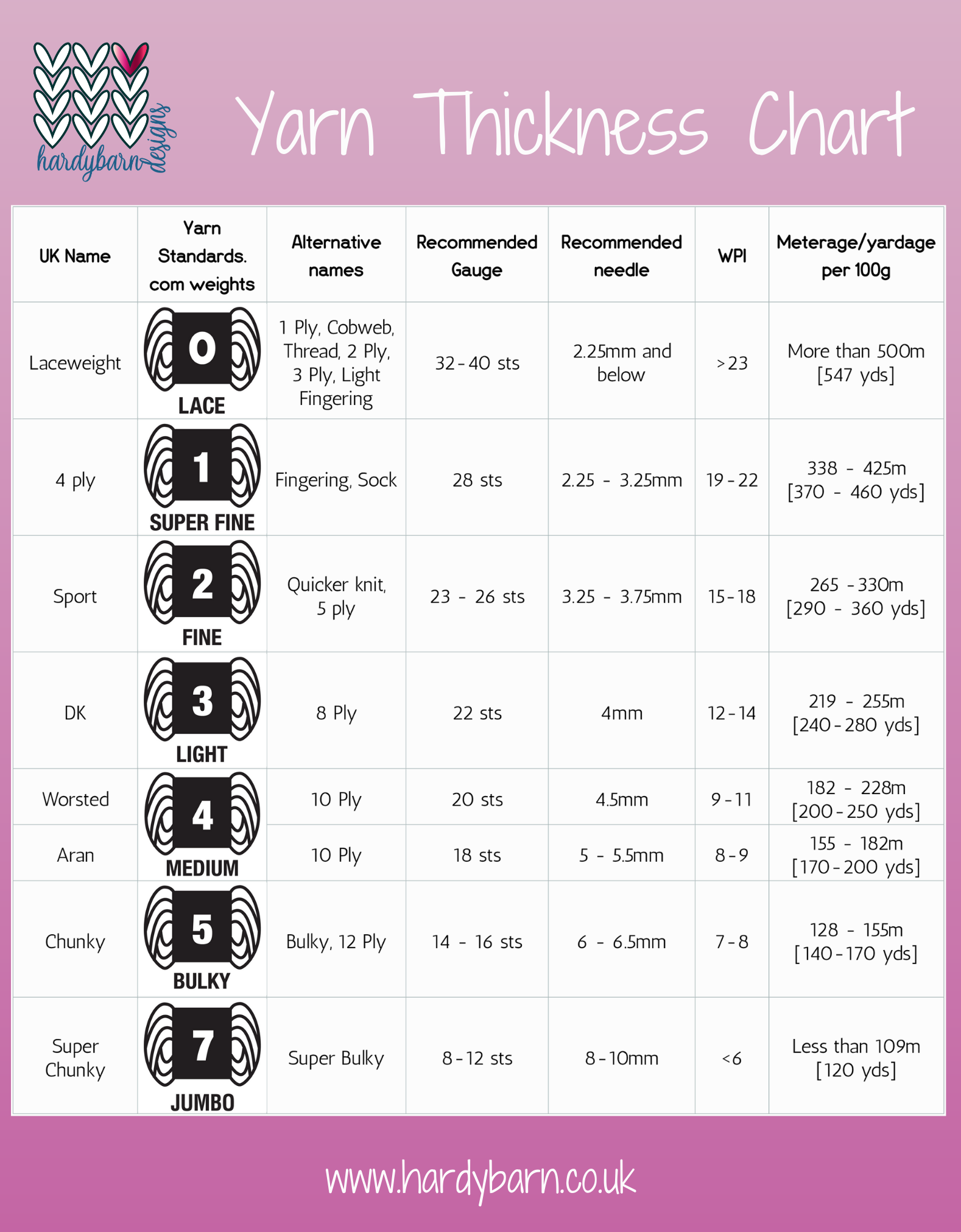Sock Chimneys
I love knitting in the round and have done a LOT of it. So I thought I had fairly good knowledge on the subject. I was bought Circular Knitting Workshop by Margaret Radcliffe for my birthday and was quite surprised that there was a lot of information that I've been finding very useful.
It's a beautifully made book, clearly written with lots and lots of good photographs. It's set up like a lot of knitting books with techniques and then projects to demonstrate the techniques. However, the first 103 pages of this 320 page book are filled with details of circular knitting from the cast ons, joining in the round methods, diffferent ways to graft, to converting a pattern to circular knitting. I wish I'd had this book when I first started. It's very in depth.
Much of the information I've seen in other places such as books, Youtube, Ravelry etc. but it's brilliant to have it all in one place and organised into sections. One section that surprised me was about Kitchener stitch; it explains clearly the way I'd learnt how to do it but there are another 4 methods -including a left hand version.
Lucy Neatby's Sock Chimney technique caught my imagination and since I was nearing the end of my socks for the January Mystery Sock - Echeveria by Rachel Coopey for the Sock Anonymous Group on Rav, I decided to give it a go. The gist of the idea is when you get to the point of grafting, change to a contrasting waste yarn and continue knitting for a few rows and cast off.
Fold the chimney inside the toe.
Then using the colour change as a guide start to graft the toe together (starting in the middle then coming back and doing the other half). Here is the link to Lucy Neatby's site, if you want more detailed information on the technique.
It's a beautifully made book, clearly written with lots and lots of good photographs. It's set up like a lot of knitting books with techniques and then projects to demonstrate the techniques. However, the first 103 pages of this 320 page book are filled with details of circular knitting from the cast ons, joining in the round methods, diffferent ways to graft, to converting a pattern to circular knitting. I wish I'd had this book when I first started. It's very in depth.
Much of the information I've seen in other places such as books, Youtube, Ravelry etc. but it's brilliant to have it all in one place and organised into sections. One section that surprised me was about Kitchener stitch; it explains clearly the way I'd learnt how to do it but there are another 4 methods -including a left hand version.
Lucy Neatby's Sock Chimney technique caught my imagination and since I was nearing the end of my socks for the January Mystery Sock - Echeveria by Rachel Coopey for the Sock Anonymous Group on Rav, I decided to give it a go. The gist of the idea is when you get to the point of grafting, change to a contrasting waste yarn and continue knitting for a few rows and cast off.
The sock on the right was made using the Sock Chimney technique and the left sock using plain old Kitchener stitch. I can't really see much difference myself, the Sock Chimney one didn't have the little ears on the edge you get sometimes. Though it takes a little extra time to knit those extra rows, there's more control on the tension and once figured out easier to execute than Kitchener Stitch. I'll definitely try this one again.
Oh and the finished socks!








Comments
Post a Comment